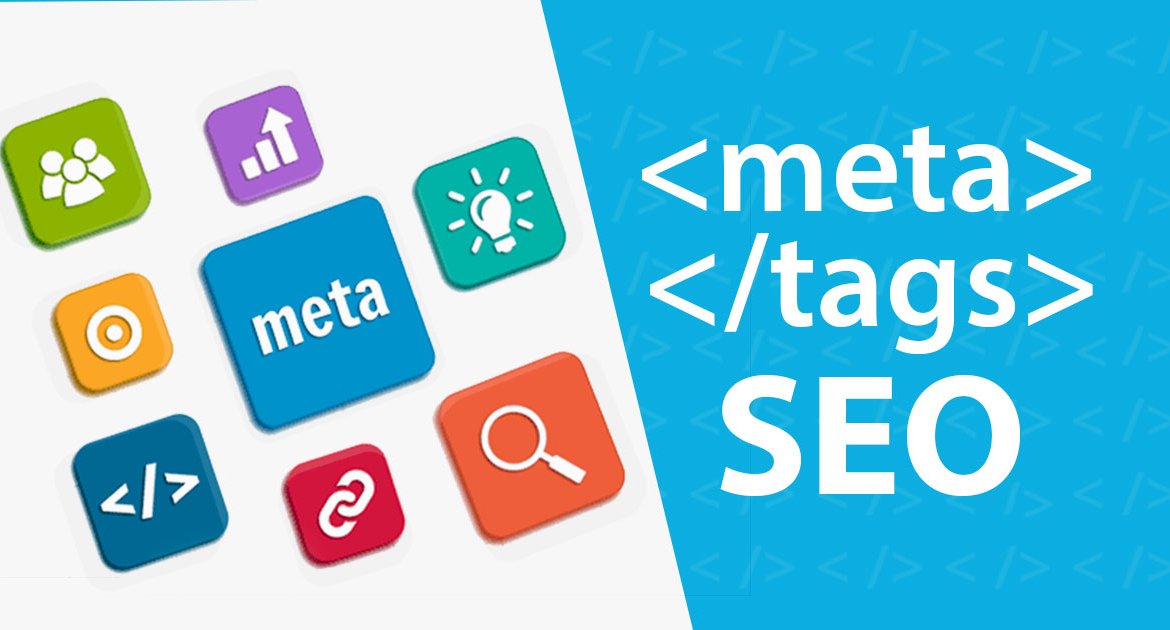Mystic Web Designn in NJ and NY essential guide to Meta Tags, why are Meta Tags so valuable for SEO?
For starters, Meta tags are invisible tags, which offer data and information about your website pages to website visitors and to different search engines.
In a nutshell, Meta Tags make it simpler for search engines to identify and determine what your website content is all about and for this reason – Meta Tags are essential to (SEO) Search Engine Optimization.
Meta Tags are positioned in the <head> portion of an HTML document. These need to be coded on your CMS. This undertaking can either be more difficult or easier depending on the platform that you utilize for your website. For instance, an obvious and easy solution for WordPress would have a precise section for all Meta Tags, such as:
- Meta Descriptions
- Canonical Links
Before diving in too deep on which Meta Tags you should be adding to your business website… Let’s begin by going over why Meta Tags are vital for SEO.
Why are Meta Tags so Important?
As mentioned earlier, Meta Tags provide numerous details in regards to your website to different search engines and to your website visitors, who come across your website in the SERP (Search Engine Result Page). These can be optimized to enhance the more essential aspects of your content and make your business website much more visible in search results.
Now more than ever, search engines value good, user experiences, which also, includes ensuring that your website pleases a user’s query as best as humanly possible. In addition, Meta Tags are also, helpful by ensuring that the info that searchers are looking for about your website appear upfront.
Some Meta Tags are more about web page arrangement and/or design. These will ensure that your website is simple to use and navigate through. Other Meta Tags will alert search engines about web pages on your website that are important and those that can be disregarded.
There’s an array of different kinds of Meta Tags, which will cover different tasks and not all Meta Tags are pertinent to SEO.
However, as a quick, yet essential Meta Tag guide, we have compiled the five most vital Meta Tags, that you should be aware about for SEO purposes.
1.Title Tags. The Title Tag is perhaps, the most important, as your website users will take notice of this tag in search result pages. The title of your web page is what provides a sneak peak on what your website content is all about.
It’s of utter importance, as the Title Tag will appear not only on search result pages, but also, it appears as an anchor text and a title for social media shares.
In short, your Title Tag should be concise and detailed and no longer than 55 characters. If you decide to utilize a keyword in your title tag, this will boost your SEO. But, more importantly – it will be perceived as a valuable title tag. However, when a Title Tag includes a keyword or keyword phrase, it must be clear. If it isn’t clear it will not result in any improvements.
Keep in mind, that your Title Tag isn’t only for your website visitors, but also, for search engines to come across the content of your website. You will need to implement a combination of both clear and engaging Title Tags to be sure that it is understood by everyone.
If you’re utilizing a WordPress plugin, such as Yoast SEO, it will be much simpler to add Title Tags in the SEO portion of this plugin. Moreover, you’ll be able to preview your website and how it appears on search result pages.
2.Meta Descriptions. Meta Descriptions are equally as important as Title Tags. You see, if your Title Tag is the title on your web page, which you’ll see on top of a search results then your Meta Description will be a snippet that appears right beneath the Title Tag.
With that said, Meta Descriptions should offer a specific description about the content on your web page. Typically, this component will determine if users will click on your website. For this reason, it is of utter importance that you spend some time optimizing your Meta Description for best results.
In the past, the maximum length for Meta Descriptions was between 150 to 165 characters. However, as of more recent, due to an update, Google will now display a larger portion of your Meta Description on search results.
Just like Title Tags, you can also, add Meta Descriptions, when you utilize Yoast SEO or you can manually code Meta Descriptions on HTML websites.
3.Robots Meta Tags. Robot Meta Tags are another example of must have Meta Tags for SEO. Robots Meta Tags are able to inform different search engines about which pages on your website should be indexed. Robot Meta Tags are basically utilized to keep a search engine from indexing just one individual web page.
Robots Meta Tags will give instructions to search engine crawlers on what pages of your website should be indexed and which ones should not be indexed. When you don’t add a Robots Meta Tag, crawlers will just adhere to their default instructions, which is to index and follow your web page. However, you may have a few pages on your website, that you don’t necessarily want to be indexed, as they may be lacking in content. For these types of pages you may want to consider using a noindex tag to keep them from appearing on search result pages.
Furthermore, Google requires links to not be followed no matter what… For instance, back in 2016, Google issued a directive to bloggers, that they should unfollow links that were included as product reviews, because these links were not organic. If you want to unfollow such links, you can simply do this by adding: rel=”nofollow” to an HTML link. You can also, accomplish the same, by using Robots Meta Tags, which will automatically unfollow all links on any particular web page.
4.Alt Texts. As you may already know, Image Optimization has become an essential component for modern day SEO best practices. Image Optimization will provide you with more opportunities to rank in search result pages, but with visual content.
Images should be tangible to search engines and website visitors. When you use Alt Text you’ll be ensuring two things. Firstly, that you’re providing a text alternative to visual images, which will appear if an image fails to load. Secondly, it will alert search engines in regards to what the image is suppose to represent.
Best of all, you can insert keywords and keyword phrases into your image Alt Text. However, only do this if it’s truly relevant. Do not insert keywords into image Alt Text simply to keyword stuff any particular tag, as this can result in damaging user experience for users on your website with accessibility needs.
5.Canonical Tags. If you have pages on your website that are exactly the same, then you may want to consider informing search engines which one of the identical pages they should prioritize/indexed. Also, you may have syndicated content on your website, which refers to content, which has been re-published somewhere else. You can actually do this, without obtaining a duplicate content penalty, so long as you utilize a Canonical Tag.
Rather than becoming confused with Google and even missing your ranking on the SERPs, you’ll be telling crawlers which of your URLs is the primary one and the one that should be indexed. This will set a focus on the correct URL and keep other pages from sabotaging all your SEO efforts.
As you can see, Meta Tags will take all your SEO efforts to the next level. Start implementing the Meta Tags listed above and watch how your website’s rank will increase in no time!
Tune into Mystic Web Designn’ Blog for continuous updates on the latest Marketing Trends, SEO best practices and much more!



